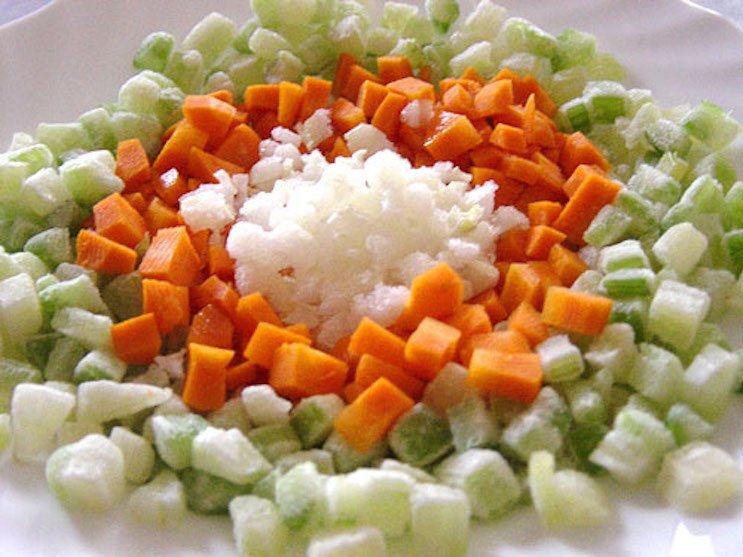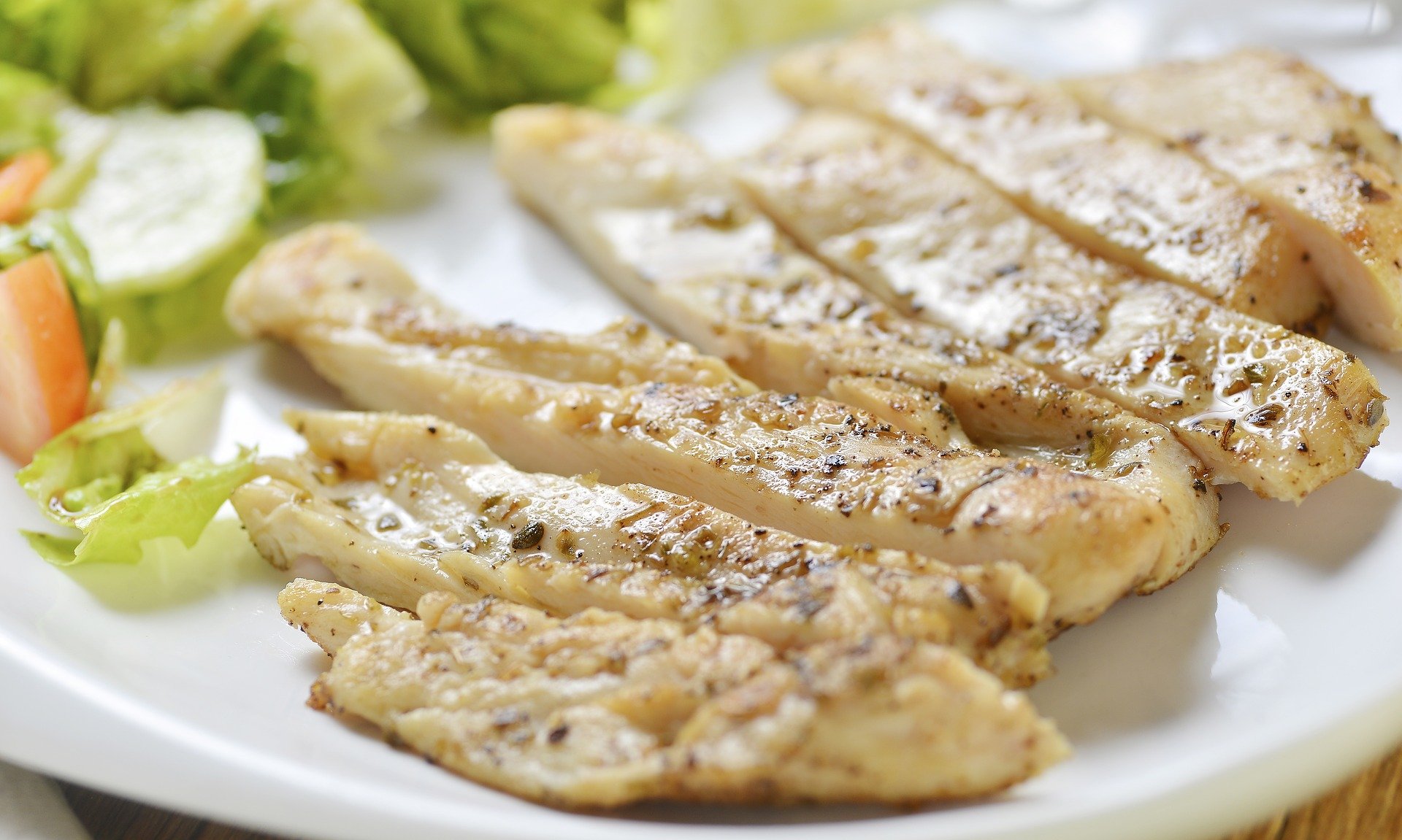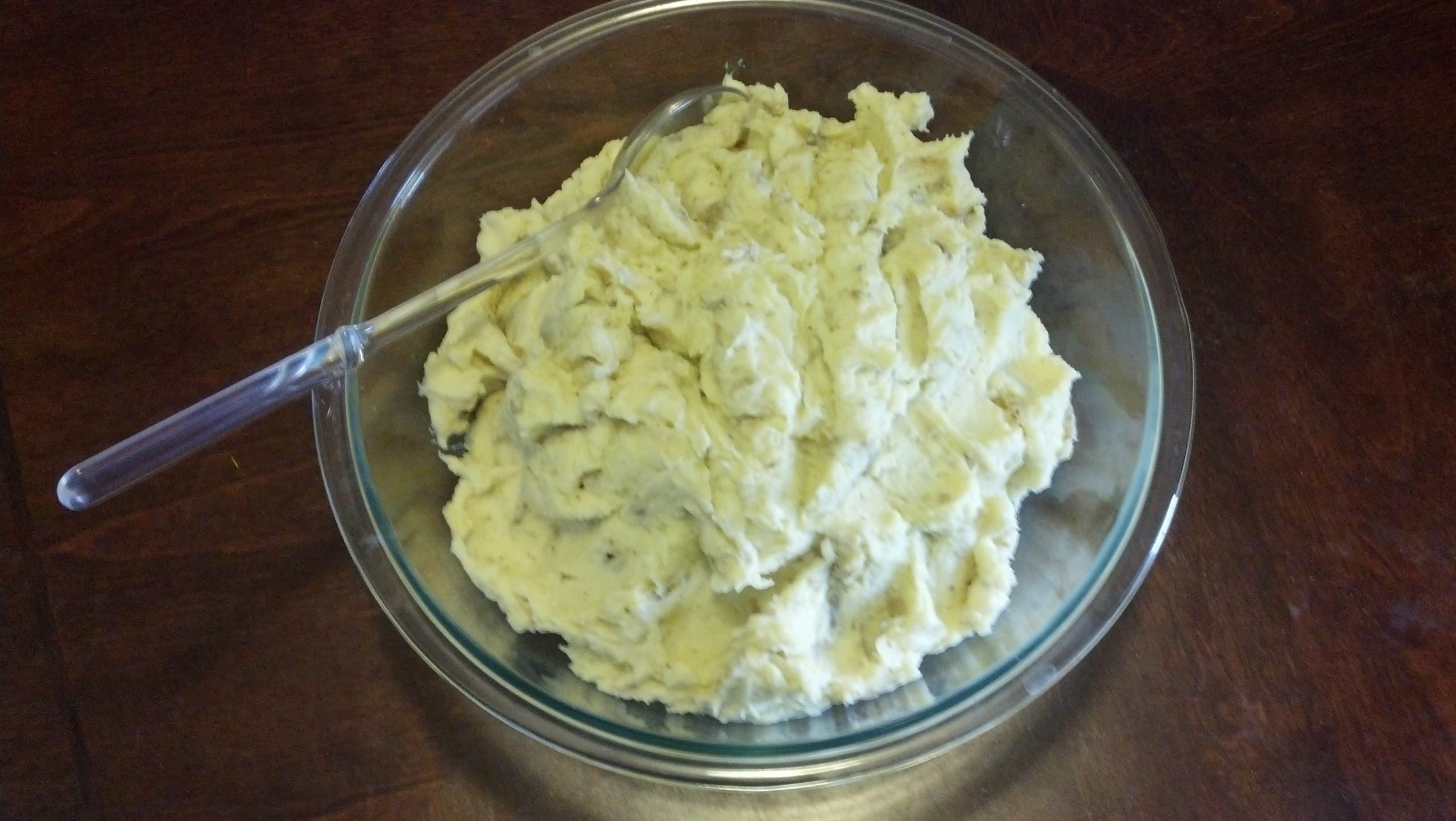Introducing: Levipoix, a substitute for Mirepoix!
Ya know; sometimes it’s really frustrating looking up recipes for your favorite things and seeing the ingredients list full of things you can’t have. And it can be exhausting figuring out the right things to use instead to get a similar flavor profile.
A mirepoix (/mɪərˈpwɑː/ meer-PWAH; French pronunciation: ) is a flavor base made from cooked, diced vegetables, usually with butter, oil, or other fat, for a long time on a low heat without coloring or browning, as further cooking, often with the addition of tomato purée, creates a darkened brown mixture called pincage (French: pinçage). It is not sautéed or otherwise hard cooked, because the intention is to sweeten the ingredients rather than caramelize them. It is a long-standing cooking technique in French cuisine.
When the mirepoix is not precooked, the constituent vegetables may be cut to a larger size, depending on the overall cooking time for the dish. Usually the vegetable mixture is onions, carrots, and celery (either common ‘pascal’ celery or celeriac), with the traditional ratio being 2:1:1, two parts onion, one part carrot, and one part celery. Mirepoix is the flavor base for a wide variety of Western dishes: stocks, soups, stews and sauces.
Though the cooking technique is probably older, the word mirepoix dates from the 18th century and derives, as do many other appellations in French cuisine, from the aristocratic employer of the cook credited with establishing and stabilizing it: in this case, Charles-Pierre-Gaston François de Lévis, duc de Lévis-Mirepoix (1699–1757), French field marshal and ambassador and a member of the noble family of Lévis, lords of Mirepoix, Ariège, in Languedoc since the 11th century.

Levipoix
Ingredients
- 2 fennel bulbs
- 1 tsp minced horseradish
- 1 tsp minced lemon grass
- 1 large carrot
- 2-4 stalks celery
- 1 tbsp fat (animal fat, vegetable oil, etc)
Instructions
- Prepare your vegetables. Trim the root ends and tips from the vegetables. Rinse and scrub the carrots and celery. Dry well. If desired, peel your carrots before chopping.
- Chop your vegetables. The size you choose to chop your onions, carrots, and celery will vary depending on the recipe being prepared. However, as a general guideline: for sauteed recipes, chop small (¼-inch to ½-inch), for soups and stews, medium size (½-inch to 1-inch), and for stock, broth, or blended soups, larger size (1-2 inches).
- Cook vegetables over medium-low heat. Add the fat to a large skillet set over medium-low heat. Add the fennel bulb, carrots, celery, along with the horseradish and lemon grass; mixing well to coat. Cook, stirring often, for 10-12 minutes, or until softened and onions are translucent. Adjust heat to prevent vegetables from browning
Notes
- Cooking Levipoix is low and slow. Its not sauteing and browning. Instead, its "sweating" the vegetables which sweetens rather than caramelizes them.
- Pincions (pinçage): Very similar to Levipoix, this variation comes with added just enough tomato-less paste to cover your vegetables.
What are aromatics?
Aromatics are herbs, spices and vegetables (and sometimes meat) that are cooked in oil as a base for the flavor of a dish. Cooking them in oil helps to release their flavors and aromas, creating a deep flavor foundation for soups, stews, sauces, meat fillings and more.
Most cuisines have a traditional combination of aromatics. In French cooking, the combination is the classic mirepoix — the holy trinity of onions, carrots and celery that are sautéed in butter as the base of so many dishes. Italian cuisine uses the same combination of vegetables sautéed in olive oil, calling it soffritto, and the same concept is called battuto in Italy. And in Spain, soffrito always includes tomatoes. Meanwhile, German cooks use uppengrün, which typically consists of carrots, celery root and leeks.
Dimple’s short list of Aromatics:
- carrots
- celery
- fennel bulb
- ginger
- parsnips
- citrus peel
- cinnamon
- cumin
- spicy basil
- cilantro
- bay leaves
- fennel seeds
- rosemary
- oregano
- basil
To create delicious meals by adding flavor instead of fat, sugar or salt, here are some tips for using aromatics.
- For the best flavor and texture, use fresh aromatics. Frozen ones may be too watery.
- Chop and store aromatics in advance to make meal prep quick and easy during the week.
- Chop veggies for even cooking. Hearty vegetables such as ginger or carrots may require a smaller chop to soften at the same rate as fennel bulb or celery, but larger cubes may be appropriate for a soup or stew that will cook longer.
- Handle them carefully. The oils from these aromatics can irritate your eyes and nose. Wash your hands before touching your face.
- Sauté gently or sweat vegetables in small amounts of oil, juice, broth or water. To sweat vegetables, cook them in a tightly covered pot. Vegetables will soften without browning.
Views: 2




